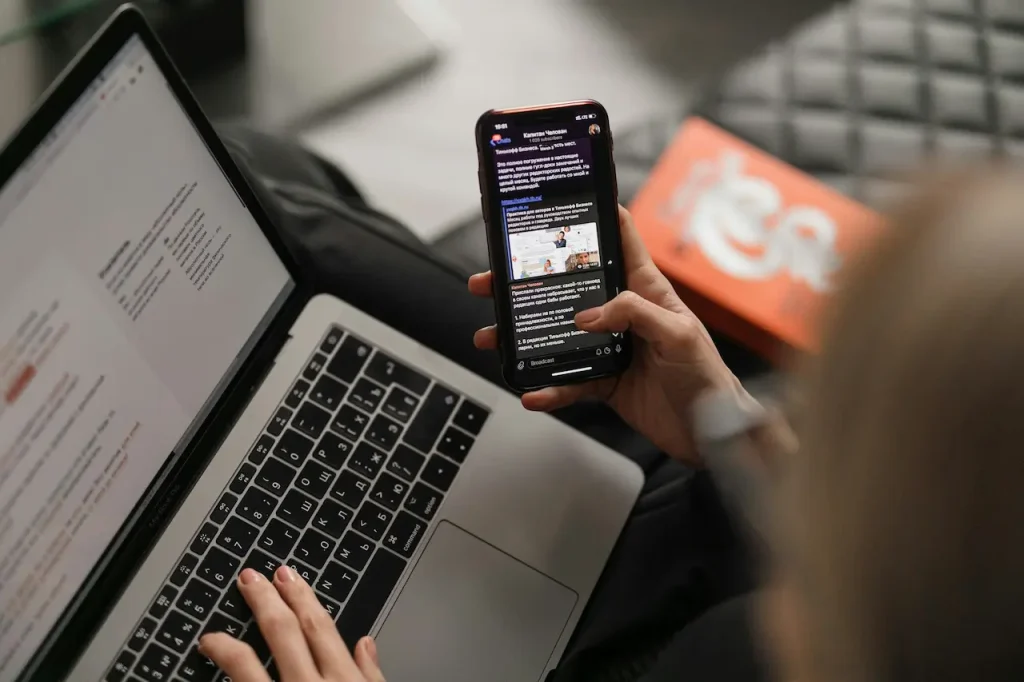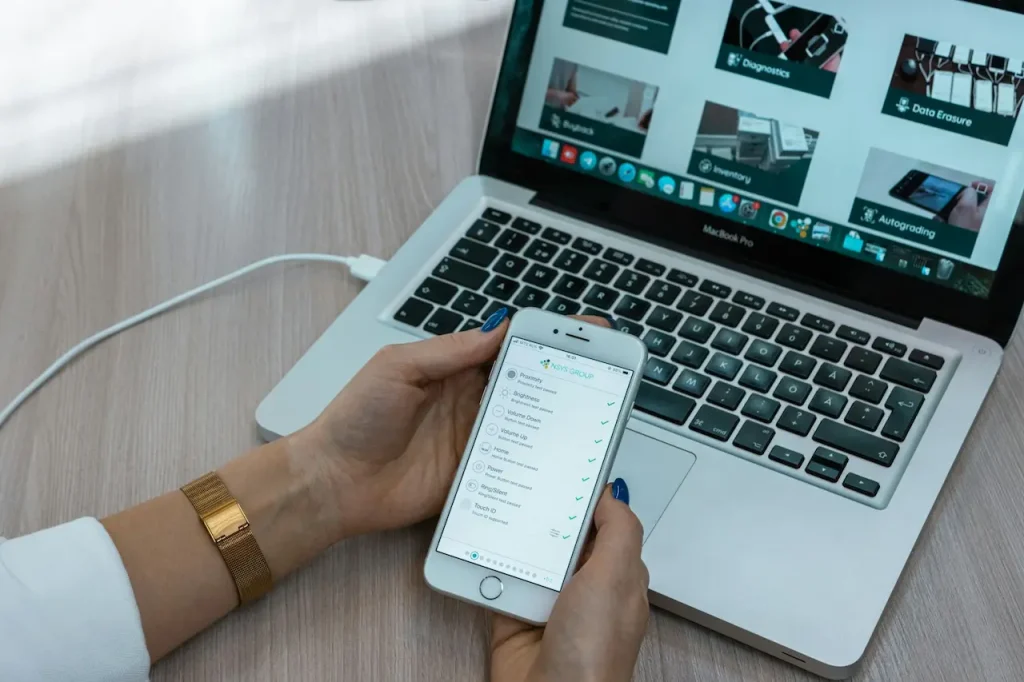What Australian SMEs Learned from COVID-19
What Australian SME’s Learned From COVID-19
Small and medium-sized businesses (SMEs) in Australia faced the biggest and most widespread workplace transition in recent history. Overnight, thousands previously based in offices found themselves working full-time remotely – many for the first ever time. Initially thought to be a temporary solution, it quickly became a nationwide experiment on distributed work, digital adoption and rapid organisational changes.
It’s important to reflect as we get further away from the peak of the pandemic and consider what Australian SME Learned from COVID-19, so that these lessons can help shape a more resilient, stronger future. The crisis has left an indelible mark on Australian business. From learning to navigate unfamiliar technologies to redefining communication within teams and addressing employee well-being.
Capterra surveyed 500 Australian SME employees who had transitioned from traditional work to remote work due to the pandemic. Capterra’s insights revealed clear trends. Some industries adapted well to the pandemic, while others struggled with communication issues. Most employees found unexpected benefits from working at home.
This blog examines the key results from the survey. It breaks down the major learnings and examines ways SMEs can use these lessons to improve business continuity, employee happiness, and operational performance after a pandemic.
Australia’s Rapid Shift To Remote Work: How Did Employees Adjust?
COVID-19 was the first time many Australians had worked in a distributed full-time workforce. Employees had to adapt quickly to new routines, tools and expectations despite the uncertainty of new government restrictions, lockdowns and exit strategies.

Technology Adoption Increases–Especially in Unexpected Industries
It wasn’t easy to create a home office that works. According to Capterra’s survey:
- 41% respondents said they needed to adopt new technologies to work remotely
- A further 22% planned to adopt new tools soon after the initial transition
This dramatic change highlights how many SMEs are unprepared for remote operations. Many teams have adapted quickly than expected despite the challenges.
It is interesting to note that the industry with the greatest increase in adoption of technology was Construction and Architecture, an industry known historically for its hands-on collaboration. 80 per cent of the workers in this industry were based at offices before the pandemic. These teams, suddenly forced to work in remote locations, adopted cloud-based software and virtual processes with remarkable speed.
The results of the survey show:
- 74% Architecture and Construction firms are already using cloud-based software, either exclusively or in conjunction with on-premise systems.
- Only 26% of respondents relied exclusively on tools or premises
- The most popular software categories across all industries include:
- Video conferencing platforms
- Software for team collaboration
- Virtualisation tools
- Accounting Platforms
- VPN solutions for secure access
These trends reveal an important truth: COVID-19 has accelerated the adoption of technology at a rate that would have otherwise taken years.
The Three Biggest Challenges in Business: Client Contact, Social Isolation, and Communication
Communication was the biggest challenge for all SMEs, even though many adapted well to technology. Half of the top ten challenges identified by the survey were related to communication problems, either internally with colleagues or externally.
In remote environments, traditional office behaviours don’t translate perfectly. Once teams move to remote working, quick desk chats or informal clarifications disappear instantly. SME’s that lack structured communication frameworks struggle to maintain team cohesion, workflow clarity and project momentum.
COVID-19 showed how vulnerable businesses are without policies that promote effective communication. Establishing clear guidelines for:
- What to say?
- Communication: When and how to do it
- How often should updates occur?
- Who is responsible for the information?
Businesses that want to maintain continuity of operations must have this technology.
Loneliness, Lack of Social Contact and Other Hidden Challenges
Many employees also struggle with emotional and psychological issues of isolation. The survey revealed:
- 35% remote SME workers feel lonely or disconnected
- 57% who report loneliness are first-time remote workers
- Only 37% of employers guided employees about balancing work with personal life when isolated
This lack of support exacerbated stress and disengagement in employees who were already adjusting to new tools and routines and to new expectations.
The study’s most important insight, and a major part of What Australian SMEs learned from COVID-19, is the importance of recognising the well-being of employees as a priority for business. The studies show that businesses that actively support and appreciate staff can achieve as much as 20% higher profitability. This makes well-being more than just a moral issue, but also a strategic one.

Growing Employee Preference for Remote Work and Confidence
Remote work has many advantages that Australian employees have embraced despite the challenges. Only 7 % of respondents found it difficult to learn new technology. This shows a flexible and resilient workforce.
This adaptability increased employee confidence in the viability of future remote work.
- More than 50 per cent of employees now believe that their business can be run effectively with a distributed workforce
- 87% of Australians want remote working to continue in the future.
- 70 % of respondents describe remote work as a positive and enjoyable experience.
These findings reveal an important lesson: employees don’t simply tolerate remote work, they appreciate it. Companies that want to return to the traditional office environment may encounter resistance or risk losing their best talent to competitors with more flexibility.
What Australian SME’s Learned From COVID-19
Three core themes emerged from the survey results, each representing an important insight for leaders of business planning the futures of their organisations.
1. It’s Now Expected that Remote Working is Not Just Possible but Also Viable
COVID-19 showed that remote working is not only possible but can also be highly productive when done correctly. Many employees have experienced the benefits of remote work and now expect it in the future.
Survey results reveal:
- 54% of respondents prefer a hybrid vehicle
- 33% of respondents want to work from home full-time
After the pandemic, 87% SME workers prefer remote work.
If you want to retain top talent and remain competitive, your company must invest in:
- Policies that are remote-friendly
- Hybrid work models
- Cloud-based Tools
- Remote collaboration platforms
- Cybersecurity infrastructure
Remote work is not a luxury anymore. It’s an advantage.
2. Communication is the Key to Remote Work Success
It’s not enough to rely on technology alone. Poor communication, as the survey showed, was the main obstacle that SMEs faced during the pandemic.
A good communication strategy should include:
- Different communication types and their purposes
- Use the best channels (e.g. email, Slack or Zoom for project management)
- Check-in and update frequency
- Contact for each department and function
Employees will naturally use their own communication methods when standards are unclear. This can lead to frustration, inconsistency and productivity problems.
The Australian SMEs’ lessons from COVID-19 teach us that communication is intentional and must be constantly evaluated.
3. The Human Connection is Still Important, But It Can be Recreated Remotely
Early discussions about remote work were dominated by the misconception that digital environments could not replicate meaningful social interactions. While face-to-face interaction is important, SMEs have learned that virtual tools are effective in maintaining engagement – if they’re used with care.
Businesses should:
- Virtual check-ins
- Maintain team presence with video tools
- Encourage flexible working hours
- Work-life balance: How to guide employees
- Stress management training for managers
Additionally, adopting workflow and project management tools such as Trello or Jira can help employees stay aligned, supported, and engaged–particularly when navigating unfamiliar routines.
SMEs learned from the pandemic that flexibility, trust and human-centred management create stronger teams, regardless of their location.
The Future of Australian Offices: Flexible, Hybrid and Digitally Connected
Many Australians were hesitant to return to the crowded workplaces as soon as the lockdown ended. SME’s that do not recognise this change risk losing out on both culture and competition.
COVID-19 has radically changed the Australian workplace in many ways.
- The adoption of technology has accelerated dramatically
- Collaboration becomes more digitalised and inclusive
- Businesses have discovered significant operational efficiency
- Flexibility and work-life integration are demanded by employees
- The traditional office-centric model has become outdated
The traditional Australian office has evolved into something hybrid.
In-person interaction will always have value, but the pandemic has taught us that adaptability is not optional. Innovation thrives in adaptive environments.

Conclusion
Australia learned a lot more about itself than it expected when it faced a global financial crisis. The adoption of technology soared, workers showed their adaptability and resilience, and businesses found new models of productivity that they had previously dismissed. Understanding what Australian SMEs learned from COVID-19 can help you create smarter and more sustainable work structures.
The remote work trend is here to remain, whether it’s in a hybrid or full-time capacity. Communication must be flexible and intentional. The well-being of employees must be at the heart of any organisational planning. Most importantly, SMEs need to understand that lessons learned from the pandemic will not be temporary. They are the foundation for a modern and competitive business environment.
By embracing this insight, SMEs can future-proof their operations, attract top talent, and create workplaces that thrive in both uncertainty and stability.
